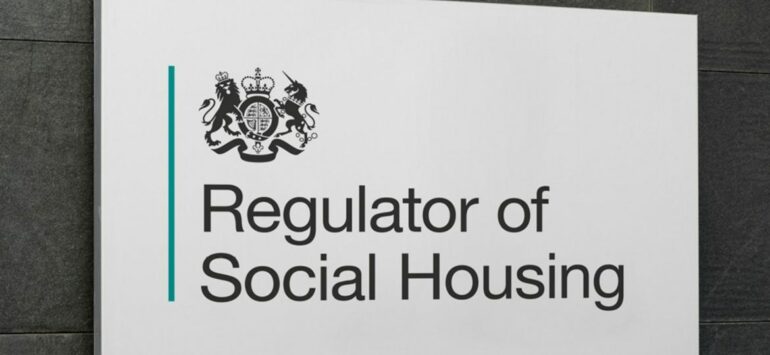The social housing sector provided about 4.5 million homes across England as of 31 March 2025, with a net increase of nearly 38,000 social homes since 2024, according to figures published by the Regulator of Social Housing (RSH).
Most of this growth came from an extra 28,000 affordable rent homes and around 13,900 more low cost homeownership homes.
There was a drop of just over 4,100 social rent homes.
Private registered providers recorded a net gain of nearly 2,900 social rent homes, while local authorities lost around 7,000 social rent homes, mainly due to right to buy sales and other schemes.
Private registered providers were responsible for 83% of the total increase in affordable rent homes and 98% of low cost home ownership properties.
The research also found 83% of social homes in England were general needs, with supported housing making up 11% and low cost homeownership at 6%.
Private registered providers reported 75% of homes had an energy performance certificate (EPC) rating of EPC-C or above, up from 71% in 2024.
Another 19% had a rating of EPC-D.
Just over 537,000 homes were surveyed by private registered providers during the year.
Over the year, providers found nearly 41,000 homes did not meet the Decent Homes Standard, and over 35,400 were brought up to standard.
A further 9,335 homes were excluded from needing to meet the standard due to reasons which stopped or limited works.
The average weekly general needs (social rent) rent in England rose by 8% between March 2024 and March 2025, in line with the set limit for the year.
The average was £113.69 a week.
Rents were lowest in the North East at £95.16 and highest in London at £140.70.
Local authority rents were lower on average than those charged by private registered providers.
Will Perry, Director of Strategy at the RSH, said: “This analysis is key to our understanding of the sector overall and the ongoing economic challenges it faces.
“It is part of our work to support social landlords to provide safe, decent homes for current and future tenants, including those currently on waiting lists.
“It is positive to see providers investing in building new homes, as well as understanding their existing homes better.”
Perry added: “Without accurate, up-to-date data, landlords cannot make the right strategic decisions on the condition of their homes and other issues, or manage risk properly.”



